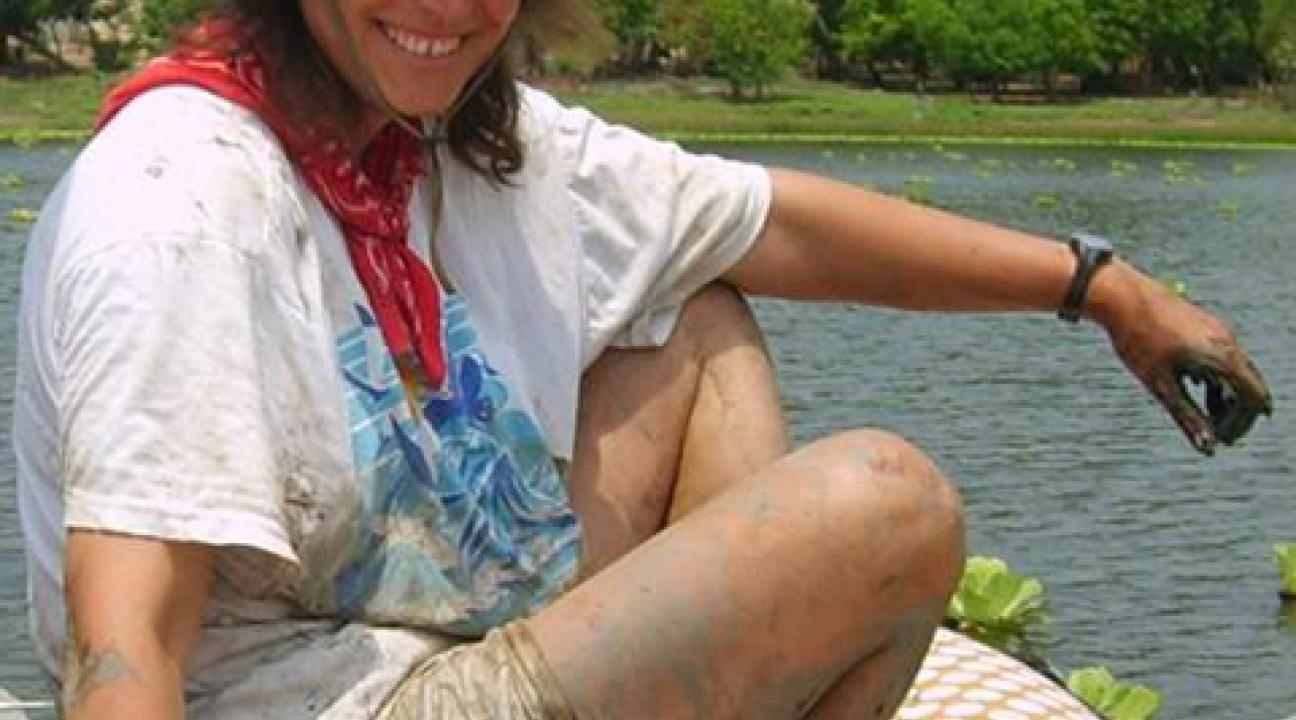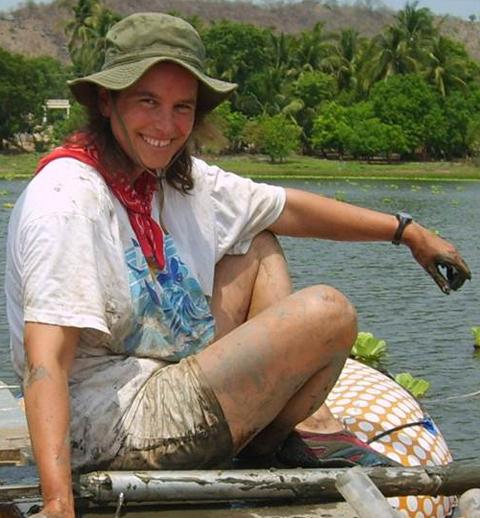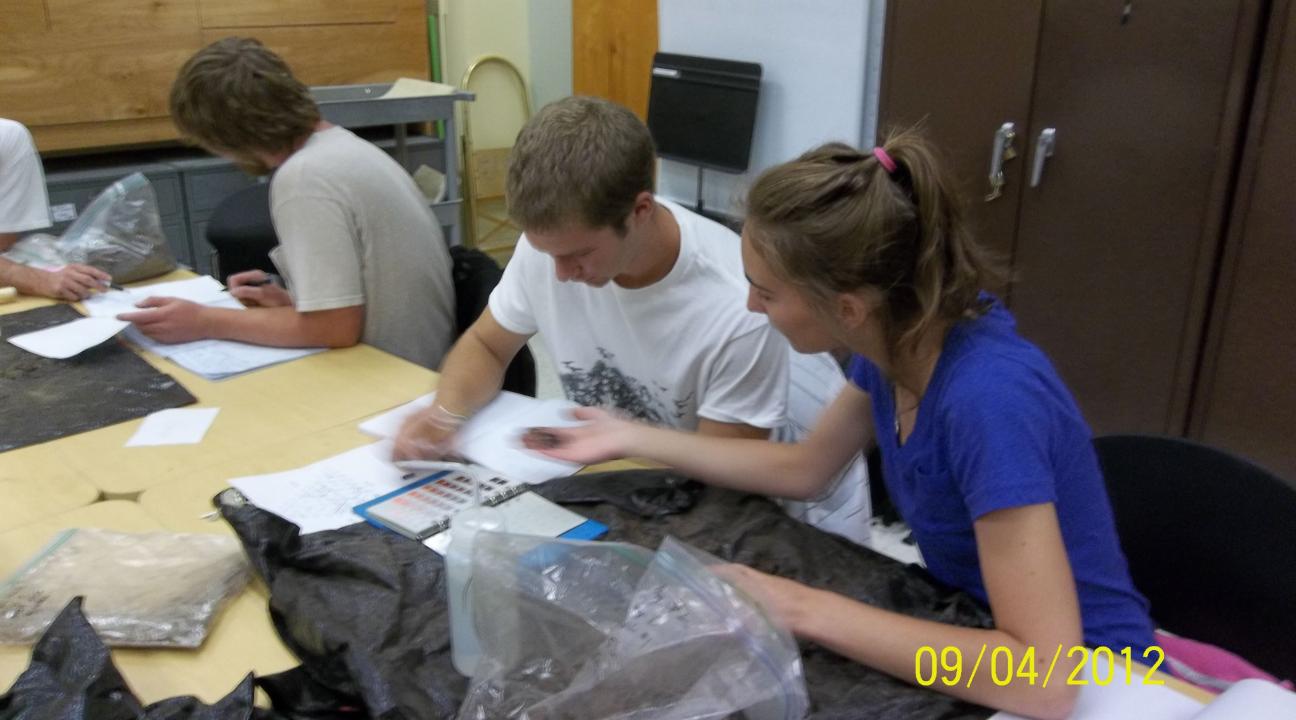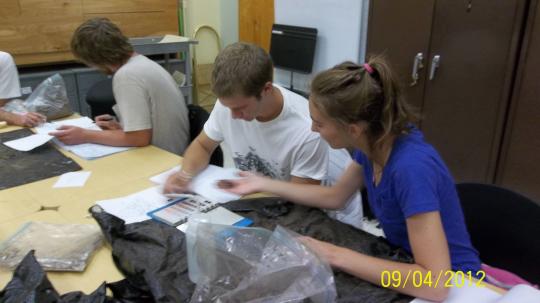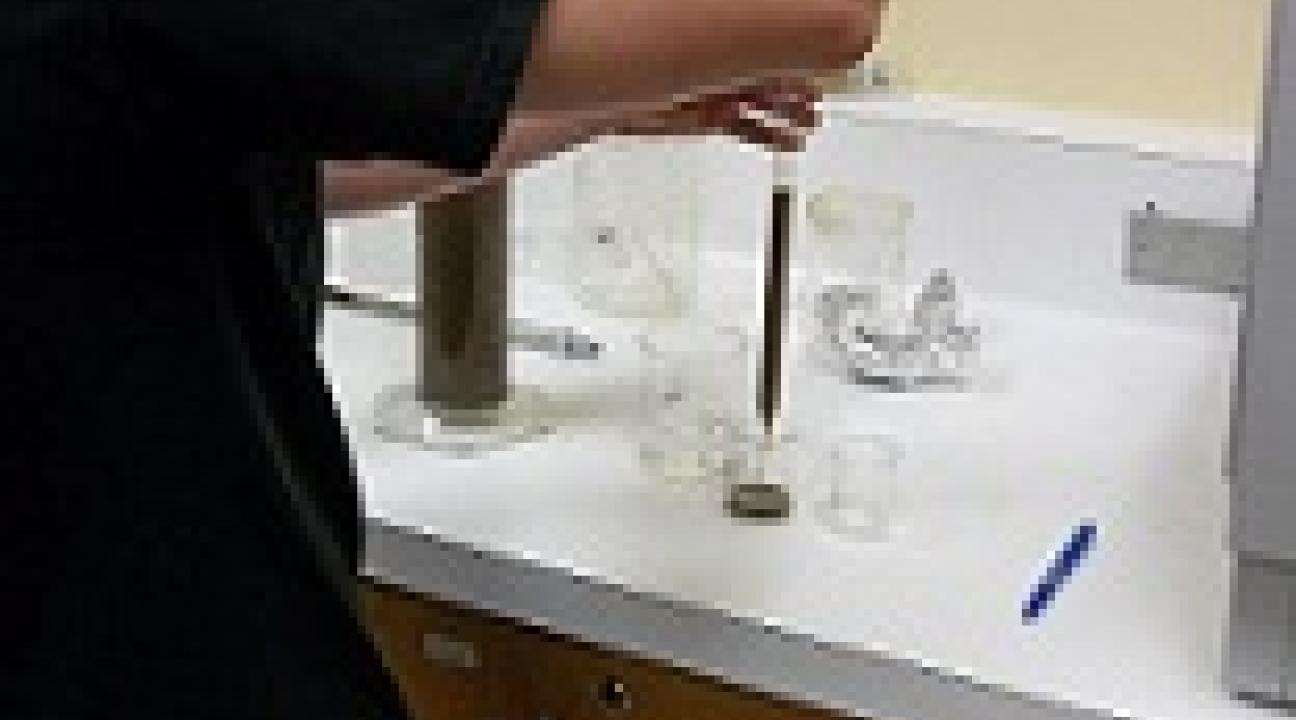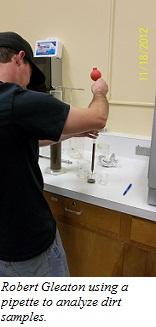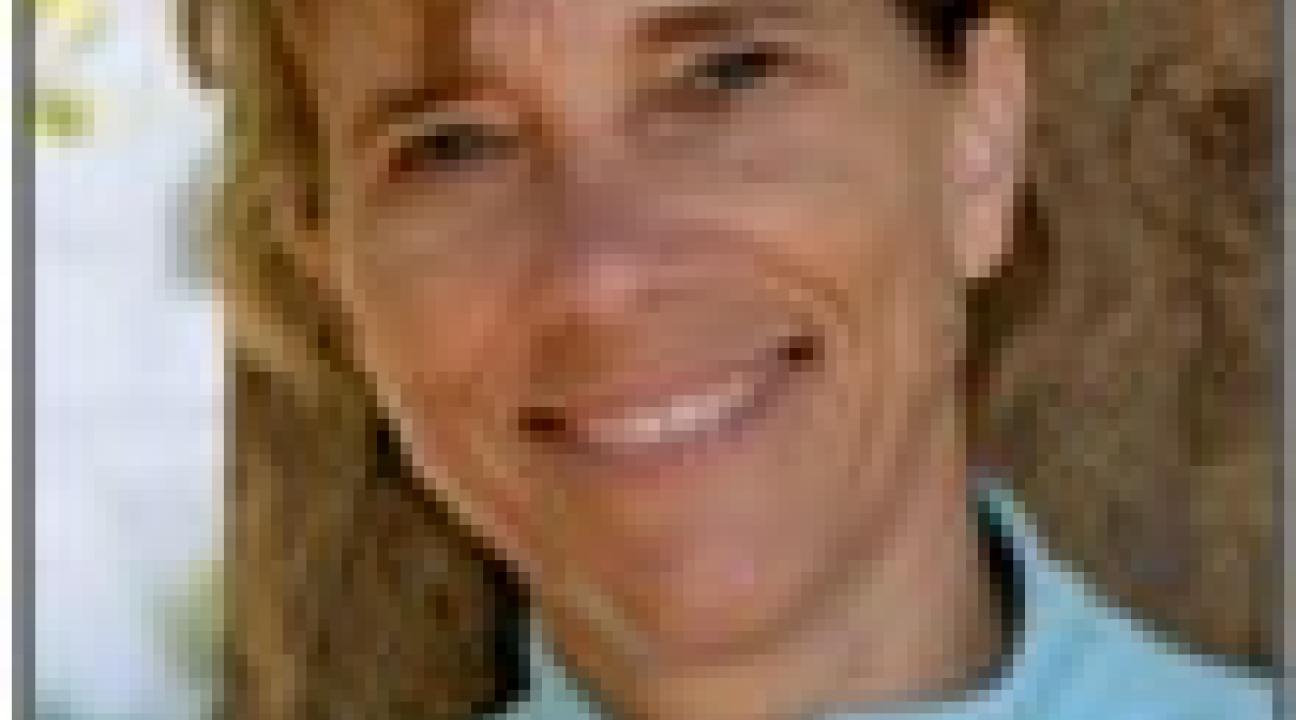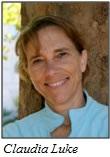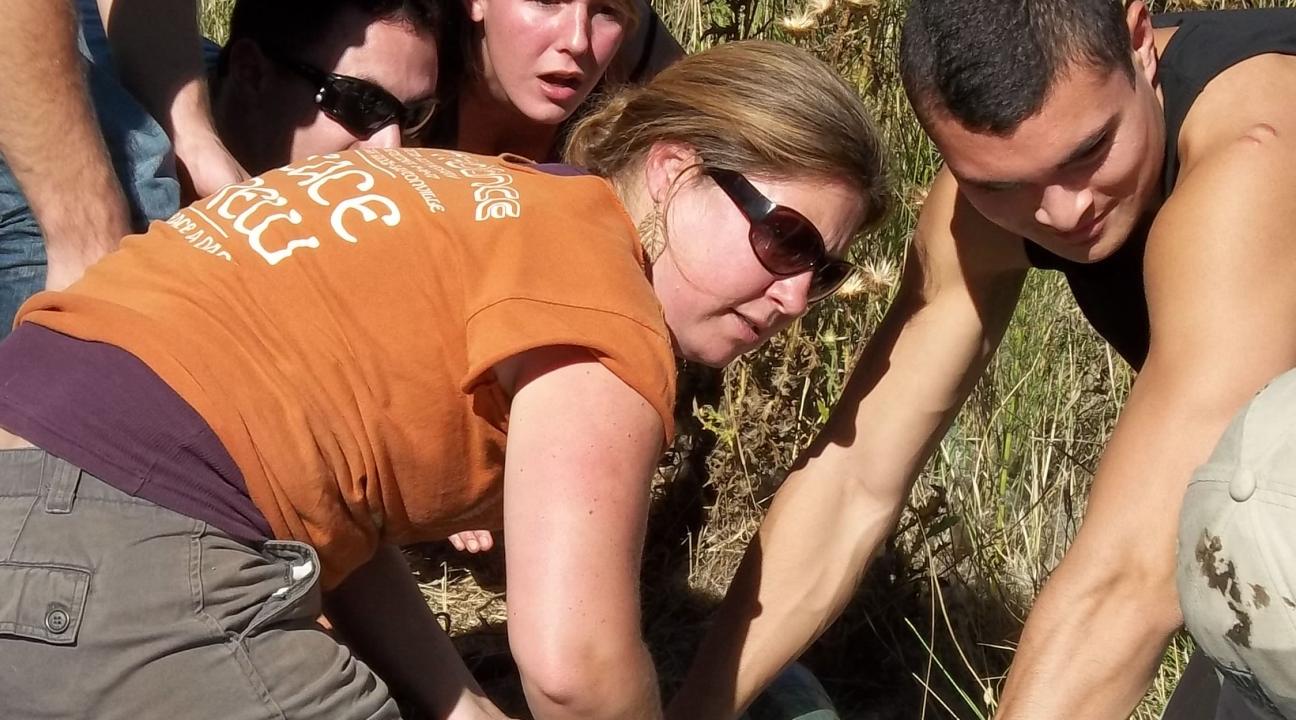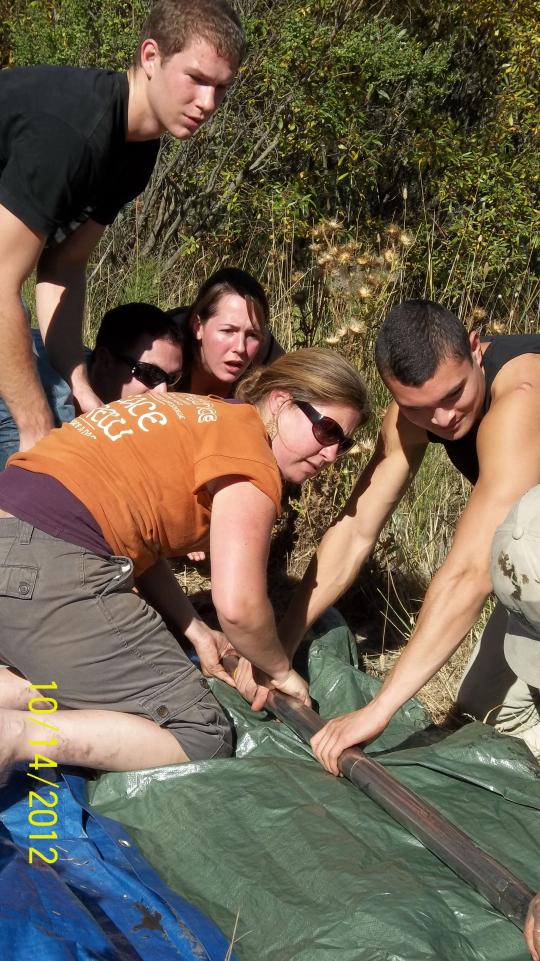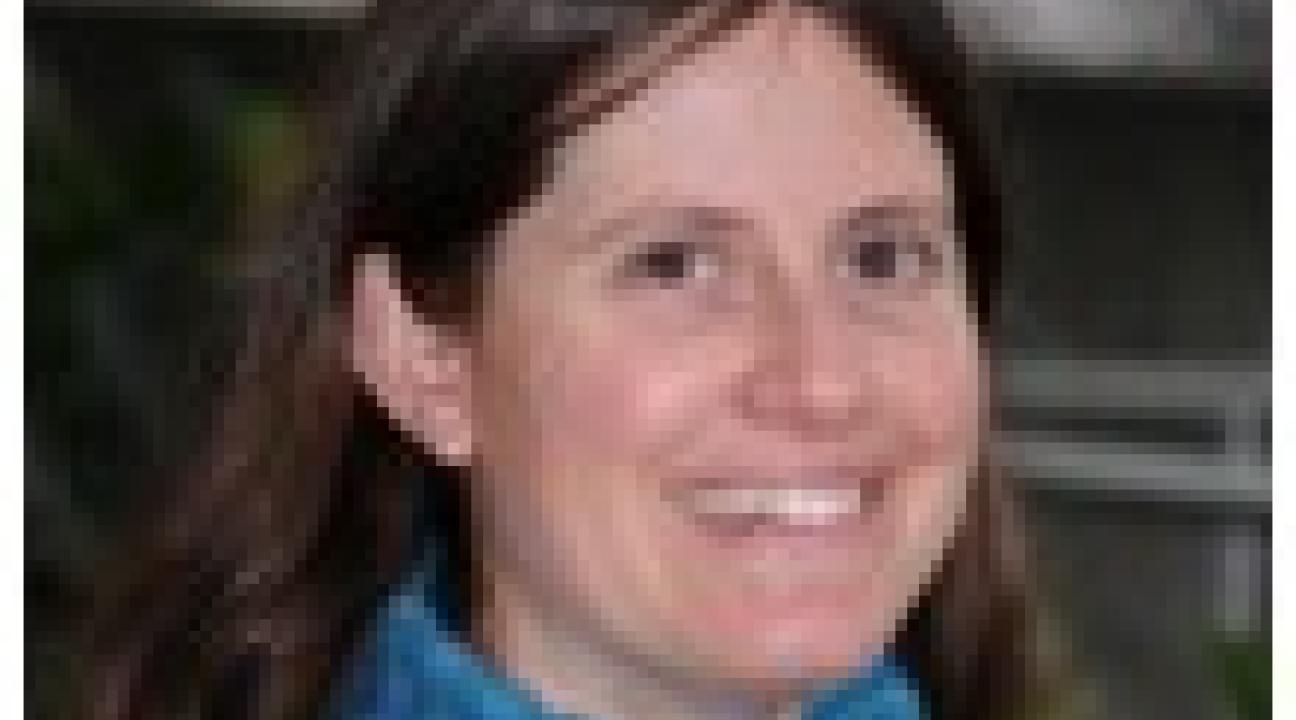Spotlight: University and Community Partnership in Geography and Preserves
"I like hands-on learning for students. There is something about it that makes it stick."
-Dr. Michelle Goman, professor of Geography and Global Studies at Sonoma State University.
"I'm delighted with the service-learning class; it was a great experience for the SSU Preserves."
-Claudia Luke, director of the Fairfield Osborn Preserves.
Dr. Goman teaches many service-learning classes including the particularly successful Geography 317: Lab Methods in Physical Geography. The purpose of this class is to give students hands-on experience in geography.
SSU senior Sarah Hebern expressed positive feelings about her service-learning experience. "It was more engaging to be going out and doing stuff. We were learning by doing instead of learning by listening to someone talk at us."
Referring to the service aspect of the class, Hebern's classmate, Alexander Pugliese noted, "We didn't have to clock hours, so it didn't feel like community service."
Although Dr. Goman agreed that the class was positive overall, she noted some obstacles when she first started. The largest was getting students to reflect on the work they were doing. In service-learning, reflective critical analysis is important because it helps students to link their service experiences in the community with the academic and civic learning objectives of the course.
In the social sciences, service-learning classes generally work with people so it may be easier for students to reflect on interactions with them. Students can assess how their perception of them changed and what they learned. Dr. Goman's class however was not working with people; they were working with dirt. This made reflection challenging.
Dr. Goman relied on what she learned from the Center for Community Engagement (CCE) to overcome this and other obstacles.
Dr. Goman was inspired to develop some of her classes into service-learning courses after attending a workshop led by the CCE called Tips and Trends in Service-Learning.
With the help of Merith Weisman from the CCE, Goman was able to overcome many obstacles. Luckily for Goman and Weisman, the beauty of service-learning is that it can be adapted to just about any subject matter. As stated by Edward Zlotkowski, English professor and founding director of the Bentley Service-Learning Project, "There is probably no disciplinary area - from Architecture to Zoology - where service-learning cannot be fruitfully employed to strengthen students' ability to become active learners as well as active citizens." Commenting on the experience Goman noted, "I learned a lot developing this class and the CCE was very helpful. Staff there really did follow through."
Not only were the students pleased with themselves, their community partners at, Fairfield Osborn Preserve (FOP), were extremely pleased with them as well.
Claudia Luke, preserve director said that the service-learning class allowed them "to focus on our mission in a very powerful way."
Preserve coordinator, Suzanne DeCoursey explains:
The Water Agency wanted to better understand erosion in the Copeland Creek watershed and the Preserves wanted to better understand how the marsh at FOP had been filling with sediment. Goman and I saw an opportunity to work together with her class to measure erosion. It was a perfect match. The students weren't just helping out, they were providing the SSU Preserves and the Sonoma County Water Agency with new information about the Copeland Creek watershed.
When asked if DeCoursey would partner with a faculty member from SSU again she stated,"The SSU Preserves is always looking for opportunities to partner with faculty. We consider everything we do a possible learning opportunity for students." Additionally DeCoursey stated, "Michelle Goman was amazing to work with."
On the first day of class, Dr. Goman asked if the class knew what service-learning was. No one could offer a definition. Although the students weren't aware that they were in a service-learning class in the beginning, they were thankful they were by the end because of how much they got out of the class.
Referring to the presentation the students made at the end of the semester for FOP Hebern stated," It was rewarding to see all of our hard work come together. We were very proud at the end." To see the work the class did, check out their work from the Science Symposium that was displayed last spring.
Dr. Goman teaches a plethora of service-learning classes including Geography 201, 317, 360, and 375. A full list of all service-Learning courses taught at SSU can be seen here.

Author: Annelise Dohrer,


